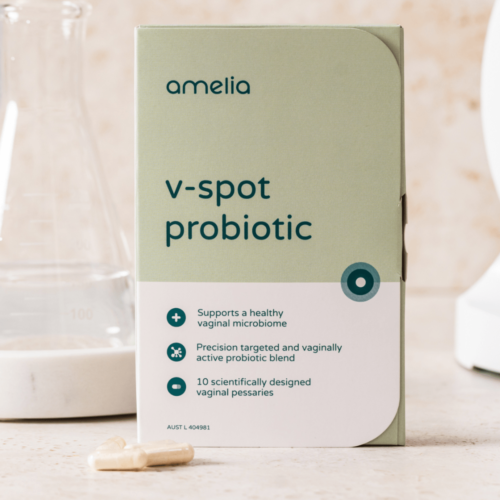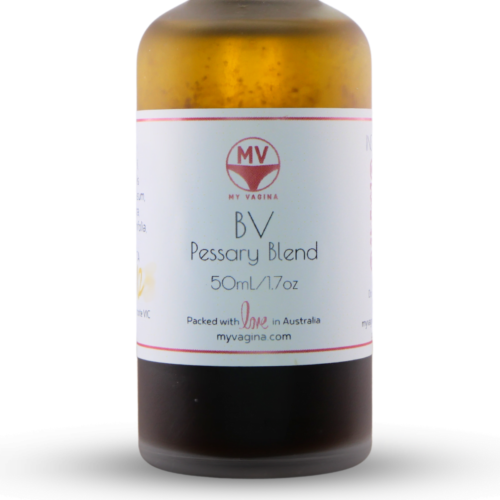Sometimes treatments or overuse of probiotics can swing you in the opposite direction, into lactobacilli overgrowth syndrome (cytolytic vaginosis) territory.
That is, your vagina becomes overpopulated with lactobacilli, which isn’t good either – too many lactobacilli is just as bad as too many of any other bacteria, good or bad.
Cytolytic vaginosis looks and feels very much like a yeast infection, which is why many women are sent home with antifungals for a ‘yeast infection’ that never goes away – because it’s not a yeast infection.
How to treat cytolytic vaginosis
The first thing to do is stop all vaginal probiotic therapies (yoghurt, milk kefir, probiotics) – you clearly have enough! Then, symptoms permitting, just sit this one out.
Cytolytic vaginosis is actually the name for vaginal cell death – that’s what’s causing the itching.
cyto – cell lytic – death cytolytic vaginosis
The risk of getting BV (possibly again, if this is what you are treating) is low. Don’t have unprotected sex until this is resolved to eliminate the possibility of BV biofilm seed bacteria being passed back to you by an infected partner (see how to treat male sexual partners for BV here).
The thing is to A) let your vagina do its thing and correct itself and/or B) do a mild baking soda douche once, and see how you go. We have more options here.
Conditions that contribute to CV
Usually your body controls the size of the colonies of lactobacilli in your vagina incidentally with oestrogen levels. Your body only normally produces so much oestrogen, which then stimulates the vaginal cells to produce glycogen, which feeds the lactobacilli – they are fed, they survive and multiply.
Lactobacilli can only survive if they are fed – all bacteria are self-limiting in this way. An overgrowth of lactobacilli in your vagina – that lasts past you adding more in and feeding them – is therefore due to another factor that is causing extra glycogen in the vagina.
This excess sometimes happens if you have excess oestrogen (more oestrogen = more glycogen = more lactobacilli) or a blood-sugar disorder like metabolic syndrome or diabetes (more sugar (glycogen) in the blood/vaginal cells = more lactobacilli).
This is not to say that you have a blood sugar issue, but if you do have blood sugar dysregulation or a propensity to oestrogen excess, this can be a sustaining cause of cytolytic vaginosis.
This scenario seems unlikely if you did not start this adventure out with CV; you started it out with BV or another infection, meaning you did NOT initially have lactobacilli overgrowth. That means so far so good.
If you are normal and healthy without a blood sugar problem or too much oestrogen, over the next week or so, as your body behaves normally with normal oestrogen levels, the lactobacilli will reset themselves to a healthy level that matches their food source – glycogen. (In theory.)
Things to check
- You have a different underlying infection
- You possibly need to be checked for high levels of oestrogen or a blood sugar dysregulation disorder.
- Another cause we don’t know about that is causing or sustaining cytolytic vaginosis.
If you’re suffering from CV and nothing is working, talk to us.
Specially formulated probiotic for vaginal application to promote a healthy vaginal microbiome.
Unique, comprehensive BV, AV and 'mystery bad vag' treatment guide, one-of-a-kind system, with effective, innovative treatments.





